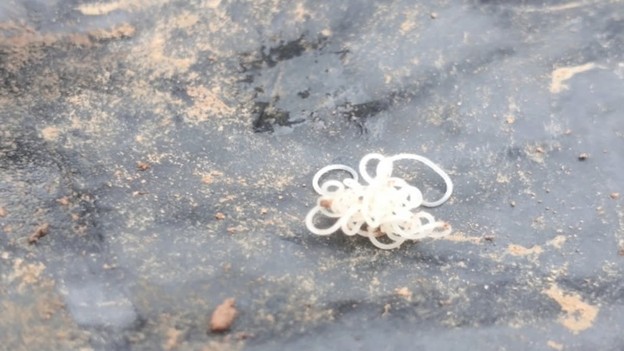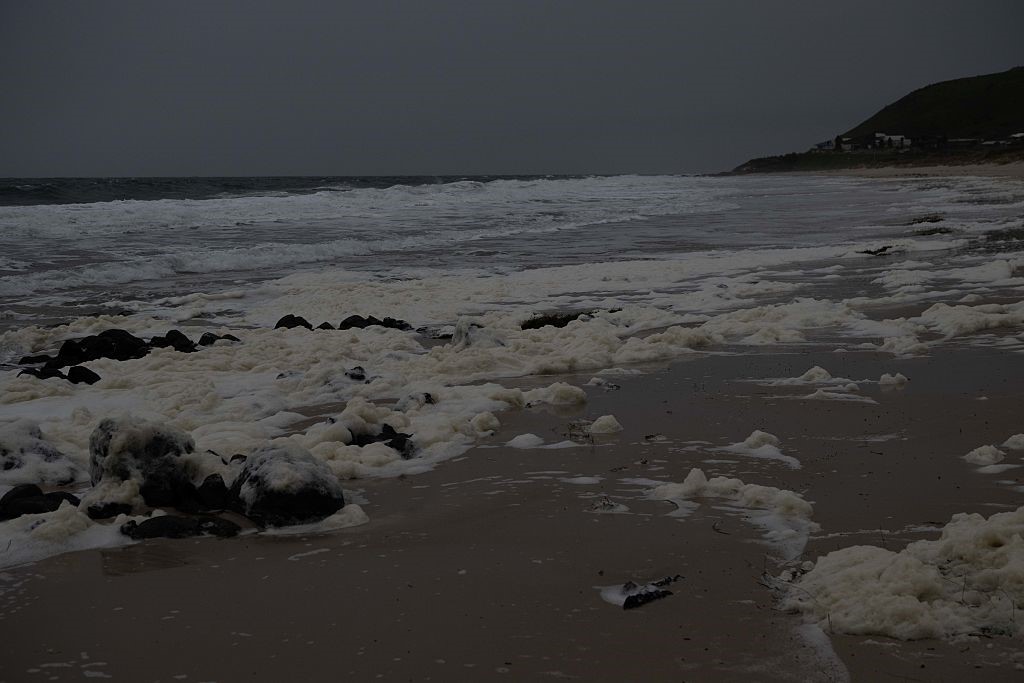




Disclaimer: Copyright infringement not intended.
A rare deep-sea creature, known as the ‘doomsday fish,' recently washed ashore the Grandview Beach in Encinitas, California.
Event |
Rare oarfish, also known as "doomsday fish," washed up on Grandview Beach, Encinitas. |
Fish Description |
Measured approximately 9 to 10 feet; resembles a large eel with a ribbon-shaped body and monstrous face. |
Nickname Origin |
Called "doomsday fish" due to its mythical appearance; can grow up to 30 feet. |
Discovery |
Found by Alison Laferriere, a doctoral candidate at Scripps Institute of Oceanography. |
Handling |
The NOAA Fisheries Service team transported it to the Southwest Fisheries Science Center. |
Comparison |
Smaller than the oarfish found in La Jolla in August 2024. |
Rarity |
Only 20 oarfish have washed up in California since 1901. |
Typical Behavior |
Deep-sea dwellers; usually come ashore when sick, dying, or disoriented. |
Uncertainty |
Researchers are unsure why oarfish have recently washed up on California beaches. |
About the National Oceanic and Atmospheric Administration (NOAA)
It is an American scientific and regulatory agency charged with forecasting the weather, monitoring oceanic and atmospheric conditions, charting the seas, conducting deep-sea exploration, and managing fishing and protection of marine mammals and endangered species in the US exclusive economic zone. The agency is part of the United States Department of Commerce and is headquartered in Silver Spring, Maryland.
Source:

|
PRACTICE QUESTION Q.Which of the following statements about the oarfish, often referred to as the "doomsday fish," is/are correct?
Select the correct answer using the codes given below: (a) 1 only (b) 2 only (c) Both 1 and 2 (d) Neither 1 nor 2 Answer: b Explanation: Statement 1 is incorrect: Oarfish are deep-sea dwellers and are rarely seen in shallow waters near coastlines. They live at depths of 200 to 1,000 meters. Statement 2 is correct: Due to their long, ribbon-shaped body, oarfish have been linked to myths and legends, and in some cultures, they are thought to be harbingers of natural disasters such as earthquakes or tsunamis. |











© 2025 iasgyan. All right reserved